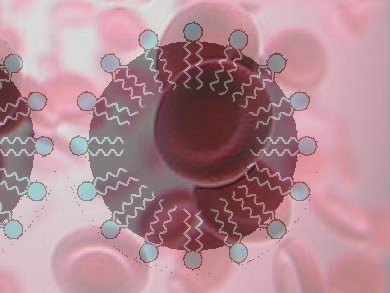Pathogenic bacteria owe their virulence to pore-forming toxins, proteins which perforate the membranes of infected cells, thereby altering the cellular permeability and inducing cell death. As the current treatments eliminate toxins by targeting their molecular structure, different pore-forming toxins require tailored-made therapies.
This limitation has been overcome by Che-Ming Hu and colleagues, University of California, USA. The researchers wrapped poly(lactic-co-glycolic acid) nanoparticles with red blood cell membranes, thereby obtaining nanosponges whose membrane shell mimics toxins’ substrates. This feature enabled the nanosponges to absorb toxins from the blood circulation and, thus, to neutralize them by turning them away from their cellular targets. As a consequence, the nanosponges successfully detoxified mice previously challenged with α-toxins, a key cause of virulence in Staphylococcus aureus pneumonia.
The efficacy of this novel therapeutic strategy might extend to other pore-forming toxins as it is based on an absorption mechanism.
- A biomimetic nanosponge that absorbs pore-forming toxins,
C. M. Hu, R. H. Fang, J. Copp, B. T. Luk, L. Zhang,
Nat. Nanotechnol. 2013, 8 (5), 336–340.
DOI: 10.1038/nnano.2013.54



